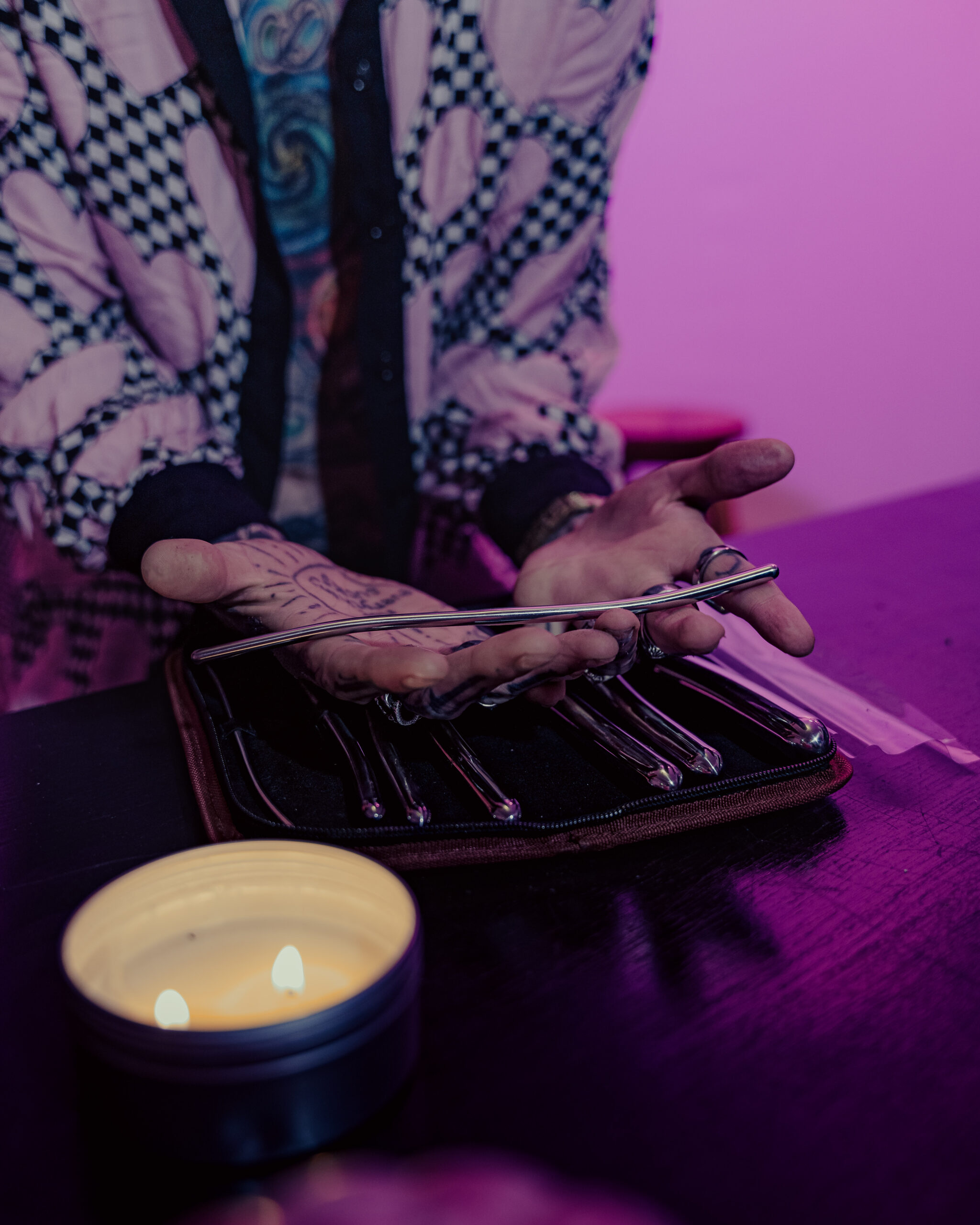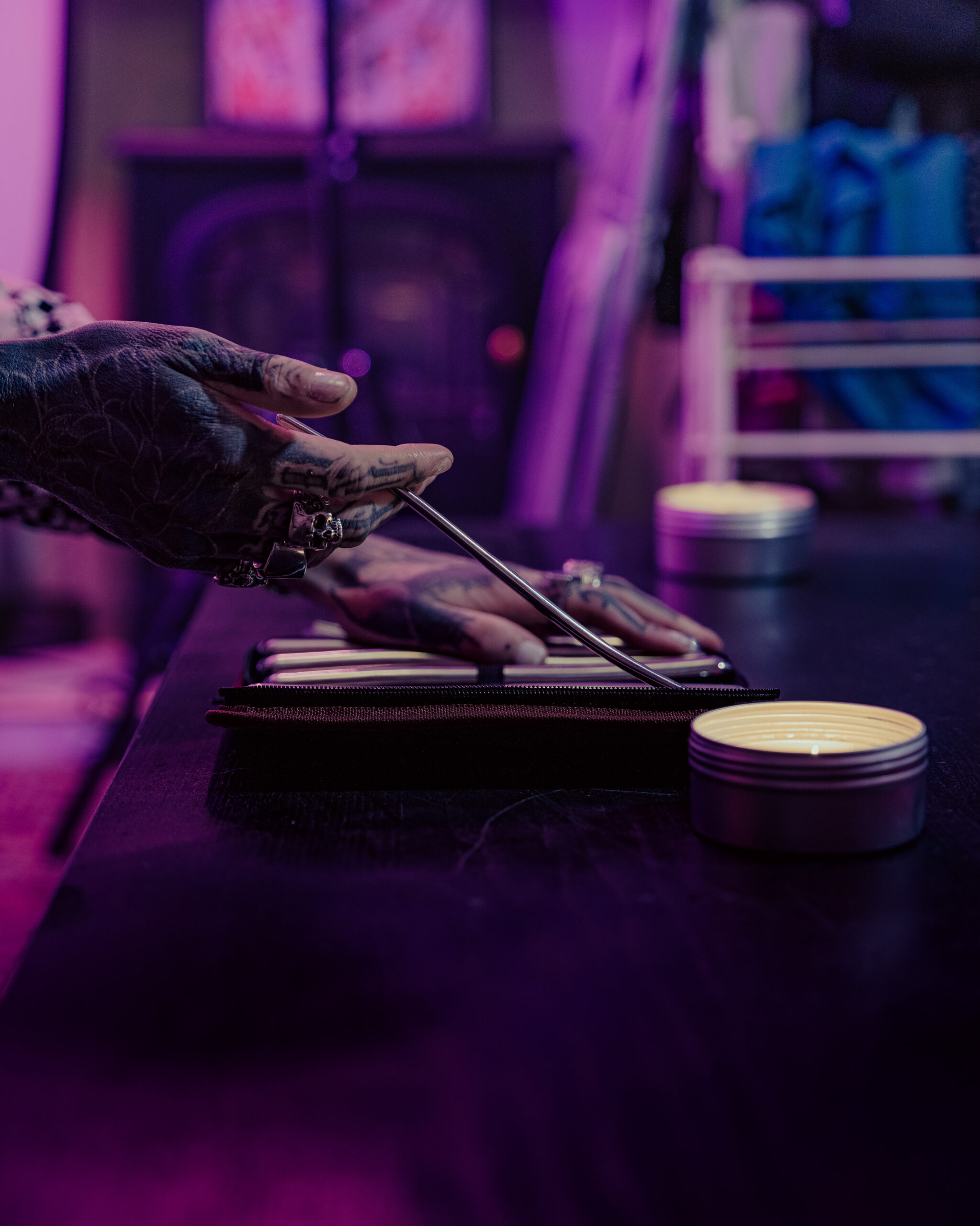Types of Rope Used in Shibari
In the world of rope bondage, two distinct styles have gained popularity: Shibari and Kinbaku. While both techniques involve tying and securing a person using ropes, they differ significantly in terms of history, philosophy, and application.
Shibari is a Japanese style that translates to “bind” or “tie.” It originated as a form of decorative art, where rope was used to create intricate designs and patterns. Over time, Shibari evolved into a more sensual and intimate practice, focusing on the bond between two people. This style often involves elaborate knotting techniques and uses various materials, such as silk, hemp, or cotton ropes.
Kinbaku, also known as Japanese rope bondage, shares many similarities with Shibari but has its own distinct identity. Kinbaku is characterized by a more subtle approach, emphasizing restraint and flexibility over dramatic designs. This style focuses on gentle, flowing lines and emphasizes the art of subtlety in knotting. Kinbaku often incorporates traditional Japanese motifs and symbols.
When choosing between Shibari and Kinbaku, consider the desired atmosphere and level of intimacy for your session. Shibari tends to be more dramatic and theatrical, making it suitable for performances or special occasions. Kinbaku, on the other hand, is ideal for those seeking a more sensual and private experience.
Regardless of which style you choose, safety should always be the top priority. Learning proper knotting techniques, using high-quality ropes, and establishing clear communication with your partner are essential components of both Shibari and Kinbaku practices.
Factors to Consider When Choosing a Rope
The art of rope bondage, also known as Shibari and Kinbaku, requires careful consideration when selecting the right rope for the task at hand. With so many types of ropes available, choosing the wrong one can lead to a subpar experience, both in terms of aesthetics and functionality.
- Material: The type of material used to make the rope is crucial. Natural fibers such as cotton, hemp, and jute are breathable and provide a more natural look, while synthetic fibers like nylon and polyester are stronger and more durable but may have a less organic appearance.
- Sizes and Thicknesses: Ropes come in various diameters, ranging from thin and flexible to thick and heavy. Choosing the right thickness depends on the specific application, with thicker ropes being better suited for heavy-duty tasks like stage performances, while thinner ropes are more suitable for intimate settings or detailed designs.
- Texturing and Weaving: The texture and weave of the rope can greatly impact the overall look and feel. Different patterns and techniques can create a wide range of effects, from subtle to dramatic, adding an extra layer of complexity to the design.

In addition to these factors, it’s also essential to consider the color palette and dye used on the rope. Some dyes may not be lightfast, fading over time, while others are specifically designed for artistic applications, providing a more vibrant color that will last longer. Finally, the brand and quality of the rope should also be taken into account, as high-quality ropes tend to have a softer hand, smoother texture, and longer lifespan.
Basic Knots in Shibari
Rope bondage has been a staple of Japanese aesthetics for centuries, and its modern interpretations have led to the development of two distinct styles: Shibari and Kinbaku. While both share similarities, they also have notable differences in approach and execution.
Shibari is often characterized by its emphasis on dynamic tension, flexibility, and flowing movements. It’s a style that seeks to create an immersive experience for all parties involved, where the bond between rope and skin is not just physical, but emotional as well. This is reflected in the intricate designs, fluid curves, and seemingly effortless ease with which Shibari practitioners navigate complex knots.
Kinbaku, on the other hand, tends to focus on precision, control, and elegance. It’s a style that celebrates the beauty of individual knots, each one a testament to the artist’s skill and craftsmanship. Kinbaku is often associated with traditional Japanese aesthetics, where subtle restraint and delicate balance are prized above all else.

For those just starting out in rope bondage, mastering Basic Knots is essential. A solid foundation in these fundamental techniques will allow you to build upon your skills and explore more complex Shibari designs. Some of the most crucial knots to master include the Bowline, the Square Lash, and the Half Hitch.
Whether you’re drawn to Shibari’s dynamic energy or Kinbaku’s precise elegance, a thorough understanding of Basic Knots will serve as the foundation for your rope bondage journey. With practice and patience, you’ll find yourself navigating the world of rope with confidence and creativity, crafting beautiful bonds that bring people closer together.
Basic Techniques and Principles
Rope bondage, also known as Shibari or Kinbaku, is a form of bondage that uses rope to create intricate designs and patterns on the body. This ancient art form originated in Japan and has since become popular worldwide for its sensual and elegant aesthetic.
At its core, Rope bondage is about exploring the intersection of vulnerability, trust, and pleasure. It requires a deep understanding of the techniques and principles involved, as well as a willingness to communicate and listen to one’s partner.
The art of Shibari and Kinbaku is rooted in Japanese culture and history, where it was used as a form of ritual and ceremony. Over time, it evolved into a distinct discipline with its own set of techniques, principles, and philosophies.
Some key techniques in Rope bondage include the use of knots, cord tension, and body positioning to create a range of effects, from gentle and soothing to intense and provocative. Understanding how to work with different types of rope, such as silk or nylon, is also essential for creating beautiful and durable designs.
The principles of Shibari and Kinbaku are just as important as the techniques themselves. These include an emphasis on respect, consent, and communication, as well as a deep understanding of body awareness and sensation play.
Ultimately, Rope bondage is not just about physical restraint; it’s also a deeply sensual and emotional experience that requires trust, intimacy, and mutual understanding between partners.
BODY POSITIONS IN SHIBARI
* Standing and seated positions
* Lying down and prone positions
* Suspended and kneeling positions
In rope bondage, also known as shibari or kinbaku, various body positions play a crucial role in creating a range of dynamics and sensations. Understanding these positions is essential to mastering the art of rope bondage.
Standing and Seated Positions
Standing and seated positions allow for a great deal of flexibility and creativity when it comes to rope bondage. Standing allows for movement and balance, making it easier to adjust to changing dynamics or sensations. Seated positions provide a sense of stability, allowing the ropes to be placed in a variety of ways.
Lying Down and Prone Positions
lying down and prone positions offer a unique set of challenges and opportunities. When lying down, the focus shifts from balance to relaxation, allowing for a more sensual experience. The ropes can be used to create a sense of vulnerability or intimacy, making it an ideal position for exploration.
Suspended and Kneeling Positions
Suspended positions offer a thrilling experience, creating a sense of weightlessness and freedom. This is often combined with kneeling positions, which add an element of vulnerability and submission. The ropes can be used to create a sense of tension or relaxation, depending on the desired outcome.
RESTRAINT TECHNIQUES IN KINBAKU
Rope bondage techniques are an integral part of various bondage practices, including shibari and kinbaku. These Japanese rope arts emphasize aesthetics, spirituality, and discipline. To master these techniques, one must develop a thorough understanding of restraint methods.
- Kinbaku, or Japanese rope bondage, is characterized by its use of three main elements: thread, cord, and rope. Thread is used for small details, while cords provide flexibility and knots create complex designs.
- Shibari, on the other hand, is a style that originated in Japan and emphasizes the aesthetic aspect of rope bondage. It typically involves creating geometric patterns using knotwork and is often performed as part of ritualistic ceremonies.
- Restraint techniques in kinbaku include the use of wrist and ankle bindings, which provide support without restricting movement. Rope is carefully wrapped around the body to create a snug yet comfortable fit.

- For beginners, it’s essential to practice basic knots before moving on to more complex techniques. This will help develop fine motor skills and build confidence in handling rope.
- A well-planned setup is key to executing restraint techniques successfully. Consider factors such as body positioning, knot placement, and the type of rope used for optimal results.
Kinbaku and shibari require patience, focus, and attention to detail. Mastering these restraint techniques takes time and practice but can lead to a deeper understanding of the art form and its cultural significance.
Safety Precautions in Shibari
Safety should always be the top priority when exploring rope bondage, particularly in Shibari and Kinbaku. This ancient Japanese art form requires great care and attention to detail to ensure a safe and enjoyable experience for all parties involved.
One of the most crucial safety precautions is proper equipment selection and usage. Using ropes that are too thin or too thick can lead to accidents, such as rope cuts or entanglements. It’s essential to choose high-quality ropes specifically designed for bondage work, made from materials like cotton, hemp, or nylon.
Another critical aspect of Shibari safety is proper knotting techniques. Inexperienced practitioners can create knots that are difficult to untie or lead to accidents. Seeking guidance from an experienced practitioner or instructor can help build confidence and ensure a safer practice.
Communication with your partner is also vital in Shibari. Establishing clear boundaries, consent, and aftercare protocols can prevent misunderstandings and ensure a positive experience for all parties involved. It’s essential to discuss any health concerns or physical limitations before engaging in rope bondage.
A well-ventilated practice area with good lighting and minimal clutter is also crucial for safety. This will help prevent accidents caused by tripping or becoming entangled in equipment. Having a clear understanding of the space and its layout can also reduce stress and promote relaxation during practice.
Aftercare and Debriefing
* Providing emotional support and comfort
* Discussing boundaries and limitations
* Reflecting on the experience and identifying areas for improvement
Aftercare and Debriefing are crucial steps in any bondage or rope play experience. During this time, it’s essential to provide emotional support and comfort to all parties involved. This may involve offering a safe space for individuals to process their feelings and reactions to the experience.
It’s also important to discuss boundaries and limitations with your partner(s) after the session. This can help prevent misunderstandings or miscommunications that may arise in the heat of the moment, but can have significant consequences afterwards.

Reflecting on the experience as a whole can be beneficial in identifying areas for improvement. For example, what worked well and what could be adjusted or improved upon in the future? This self-reflection can help refine techniques and create a more enjoyable and safe experience for everyone involved.
Furthermore, aftercare can also involve discussing any physical sensations or reactions that may have occurred during the session. This can help ensure that both partners are comfortable and aware of any potential issues, such as bruising or numbness, which require attention.
Explore KY Lubricants for smooth and comfortable intimacy at Peaches and Screams Buy Joy Division products for stimulating and exciting fun at Peaches and Screams Shop Tongue Joy toys for a unique and stimulating experience at Peaches and Screams Shop Autoblow toys for realistic and hands-free pleasure at Peaches and Screams Shop men’s novelty underwear for fun styles at Peaches and Screams Explore double-ended dildos for dual pleasure at Peaches and Screams
Azmia Magane Cleveland Relationship Therapy Crimson Hill The New Cinema Magazine
- Why Are My Lips Peeling After Lip Filler - November 9, 2025
- What Is THC Seltzer And Should You Try It? - November 8, 2025
- Weed Sodas You Can Chill With - November 7, 2025
